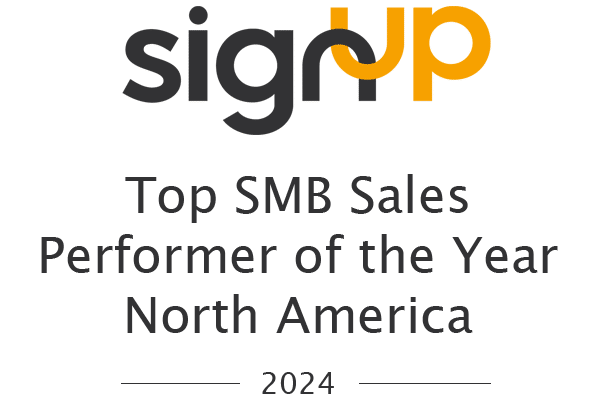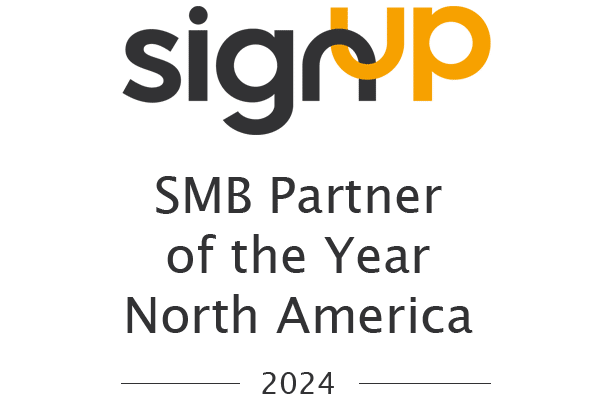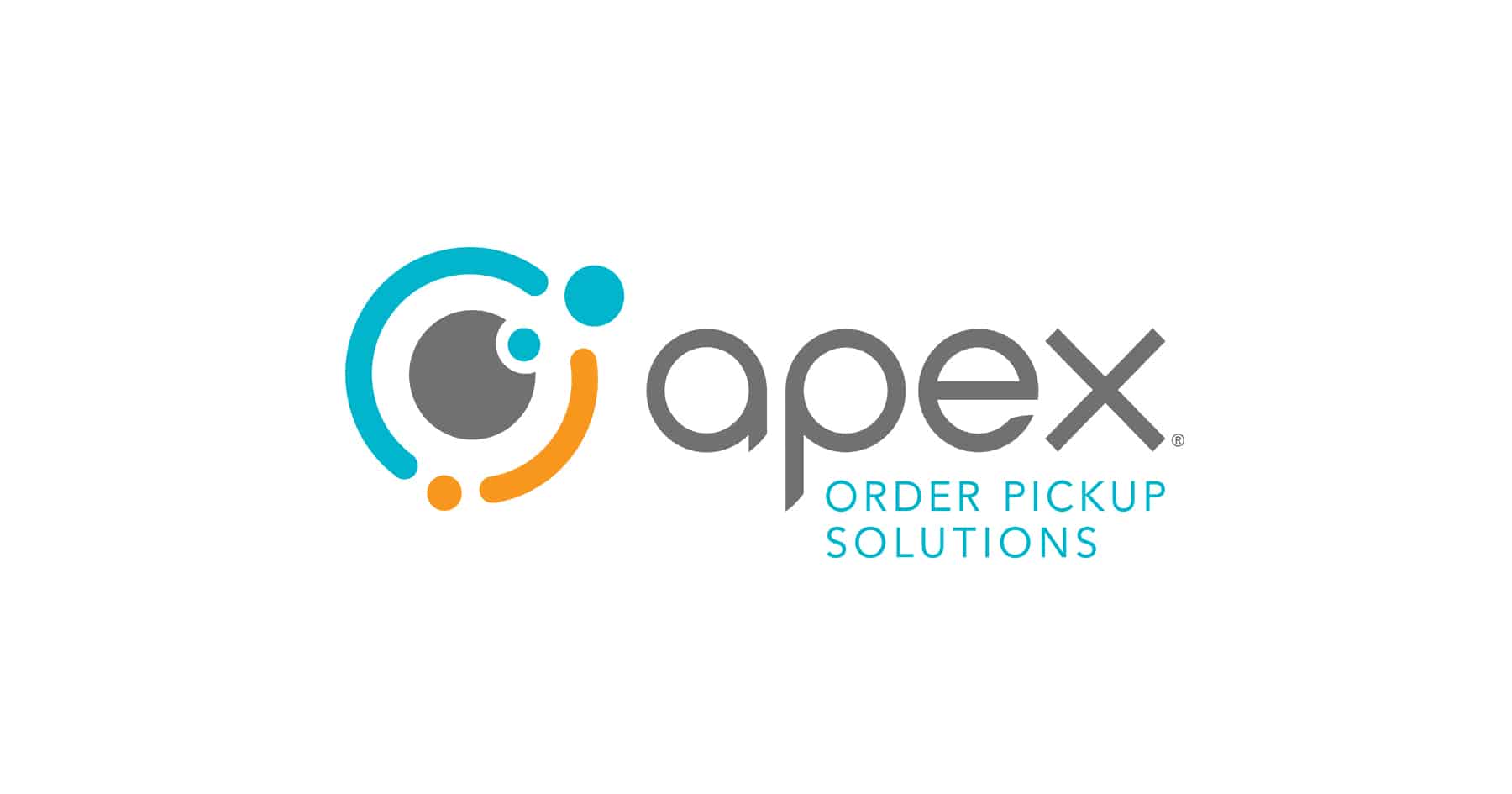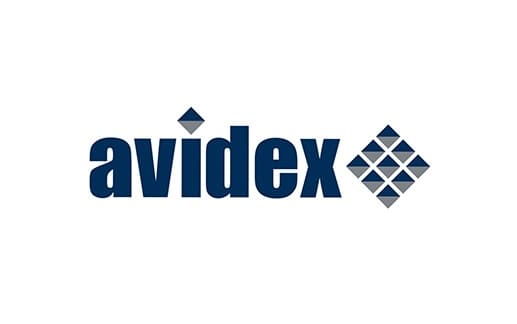From Reactive to Proactive – Plan for Long Term Field Service Success and Profitability
From work order management to scheduling, dispatching, inventory, and customer satisfaction – there are several areas key to long term success for any field service organization. However, many companies are falling behind and losing sight of how to optimize resources and processes to increase productivity and profits.
By streamlining your operations and deploying best practice processes, you can shift from a reactive cost center to a proactive profit center.
With a unified experience for every member of your team including customer service representatives, dispatchers, field technicians, inventory and shop managers, you’re able to provide the complete data that each person needs to do their job more efficiently and effectively, leading to increased customer satisfaction.
With a focus on the customer, you’re able to eliminate customer service issues before they happen, effectively communicate, proactively schedule service and maintenance, and build customers for life.
150+ Field Service clients in 32 states
2023 Dynamics 365 Field Service Partner of the Year Finalist
Benefits of Dynamics 365 Field Service
Your Team of Field Service Experts




Get a Strategic View of Field Service
One thing field service leaders can be certain of is uncertainty. We set out to shed some light on the near-term future by conducting a comprehensive survey of over two hundred leaders in field service operations around the U.S. to see whether there was consensus on how field service teams should position themselves for success in the years ahead.
Read the results and an analysis by our field service experts.
Build Efficiencies That Matter
![]()
Streamline Customer and Contract Management
Provide a real-time, 360 degree view of your customer history and contracts to every member of your team.
![]()
Optimize Scheduling
Efficiently and automatically schedule resources based on skills, location, inventory, and availability.
![]()
Improve Inventory Control
Gain visibility to your inventory levels and assets across multiple locations.
![]()
Increase Mobile Productivity
Provide on or offline work order visibility and insights on any mobile device.
![]()
Prevent and Predict Issues
Detect, troubleshoot, and resolve issues remotely with IoT connected devices.
![]()
Better Decisions Driven by Data
Access KPI dashboards for better decision making in real-time.
Three Steps to Success
Step One: Assess Your Current Operations
Step Two: Assessing a Path Forward
Step Three: Assessing the Solution to Propel Your Success
AtriCure Builds a Unique Medical Device Management Solution with Dynamics 365 Field Service
A publicly traded and heavily regulated company, AtriCure needed to modernize paper-driven device inventory, history, service, and maintenance records with a digitally driven, traceable process. Learn how Velosio worked with AtriCure to help built a unique solution with Dynamics 365 Field Service.
Our Clients
The Future of Commercial Field Service Companies
As field service companies map out future goals to grow their companies, what role can technology play in helping achieve them? In other words, what is the future of the field service company?
Here, we look at five ways technology is already beginning to accelerate growth and drive future efficiencies for field service operations.


































